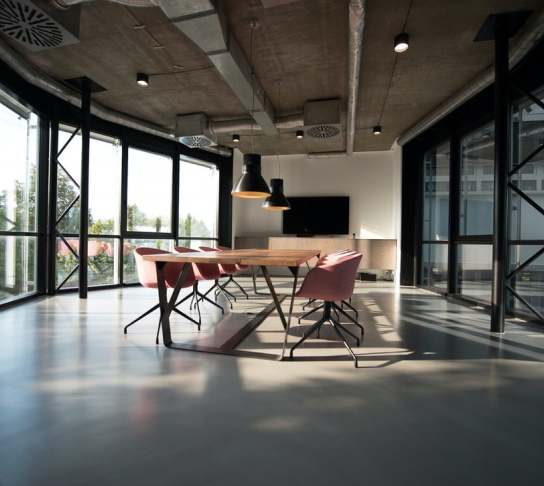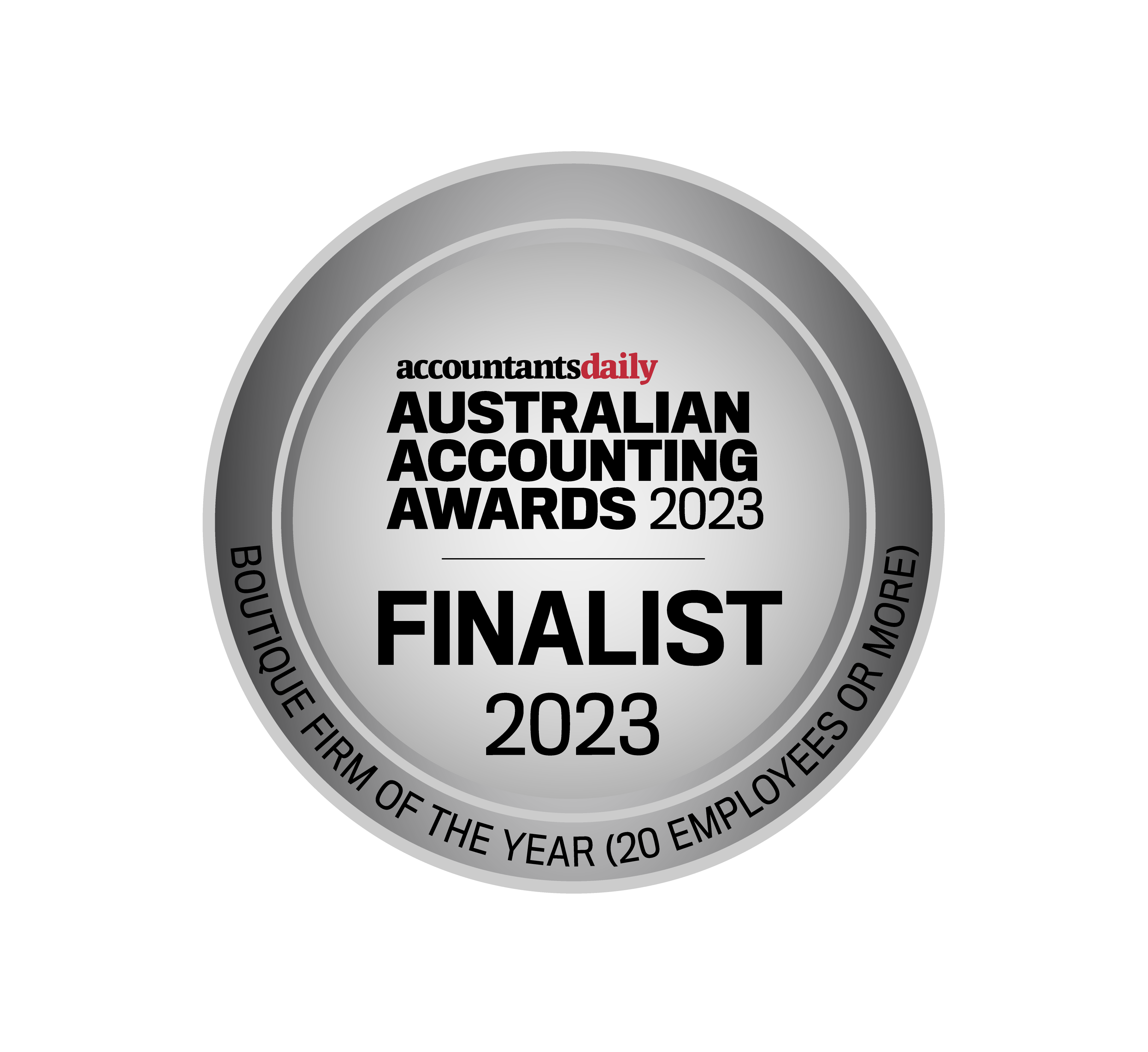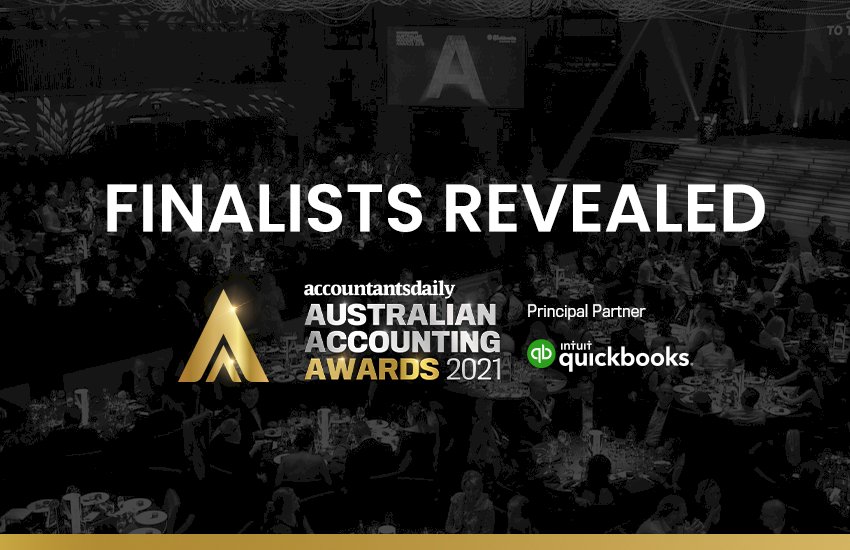When was the last time you examined exactly where your dollars are going? Taking the time to review last months’ credit card statement can be enlightening. You may discover that most of the earnings left over after paying your basic personal and business expenses were being foolishly spent. That coffee before work every morning? That can add up to over $25 a week.
Buying snacks from the lunch bar instead of bringing your own? Another $25-35 a week. Writing a personal budget can help streamline your spending, allowing you to free up money to spend on items you actually desire. Budget planning for your business does the same, showing you how to afford the things you needed to grow your business, while earning more profit and working fewer hours each month. We’ve created a 5-step plan to creating a balanced business budget:
Step 1: Identify your income stream
The first element of a good business budget is identifying how much money you actually each month. Start with your sales figures (use the Profit & Loss report from your accountant), and expand by adding any other income sources you use to run your business.
INCOME SOURCES:
• Hourly Earnings
• Product Sales
• Investment Income
• Loans
• Savings
• Other
Step 2: List your fixed monthly costs
Fixed costs are expenses that are charged at same price each month, think rent, utilities, payroll, insurances etc. Incorporating these is one of the easiest parts of creating your business budget. Review your past bank statements for information.
FIXED COSTS:
• Rent/Mortgage
• Utilities
• Salaries
• Internet
• Government and bank fees
• Mobile phone
• Website hosting
• Accounting Services
• Legal Services
• Insurance
Step 3: List Variable Expenses
Items that don’t have a fixed cost each month are called variable costs. Many of these purchases can be scaled up or down depending on the state of your business, using your monthly profit. Your profit each month will be determined by the earnings you’re left with after paying all your costs.
VARIABLE EXPENSES:
• Raw Materials
• Contractor Wages
• Commissions
• Advertising
• Other Marketing Costs
• Transportation
• Travel & events
• Printing Services
Step 4: Predict One-Time Spends
A benefit of creating a budget is being able to factor in one-time purchases more accurately. While some of items may come up unexpectedly, like replacing a damaged laptop, others can be budgeted for months in advance, for example, the staff Christmas party, or updating office chairs to boost staff satisfaction.
ONE-TIME SPENDS:
• Computer
• Furniture
• Software
• Office Supplies
• Gifts
Step 5: Put it all together
Once you have listed your financial situation you’ll have a much clearer understanding of your position and be able to plan for the future. The fifth step is to decide what goals to aim for and how to streamline your spending to help achieve this. Using the information identified in the first four steps, outline a budget you can adhere to each month, and it won’t be long until you are reaching your goals.
If you need any help creating a budget for your business, call one of Propel Business Groups’ experienced advisers. We will help you create your customised plan, and assist you to reach your business goals.
How can we help?
Fields marked with an * are required
"*" indicates required fields

Our Locations
Stirling
Suite 6, 36 Cedric Street
Stirling WA 6021 (08) 9440 7100
businessgrowth@propelbg.com.au
South Perth
Suite 50, 15 Labouchere Road
South Perth WA 6151 (08) 9474 3355
businessgrowth@propelbg.com.au
Karratha
Unit 4 / 16 Hedland Place
Karratha WA 6714 (08) 9144 1066
businessgrowth@propelbg.com.au



